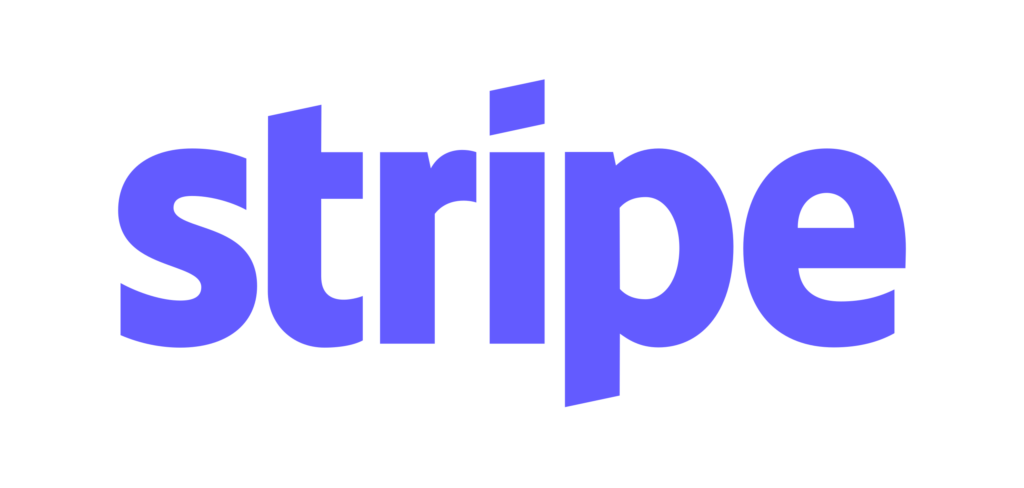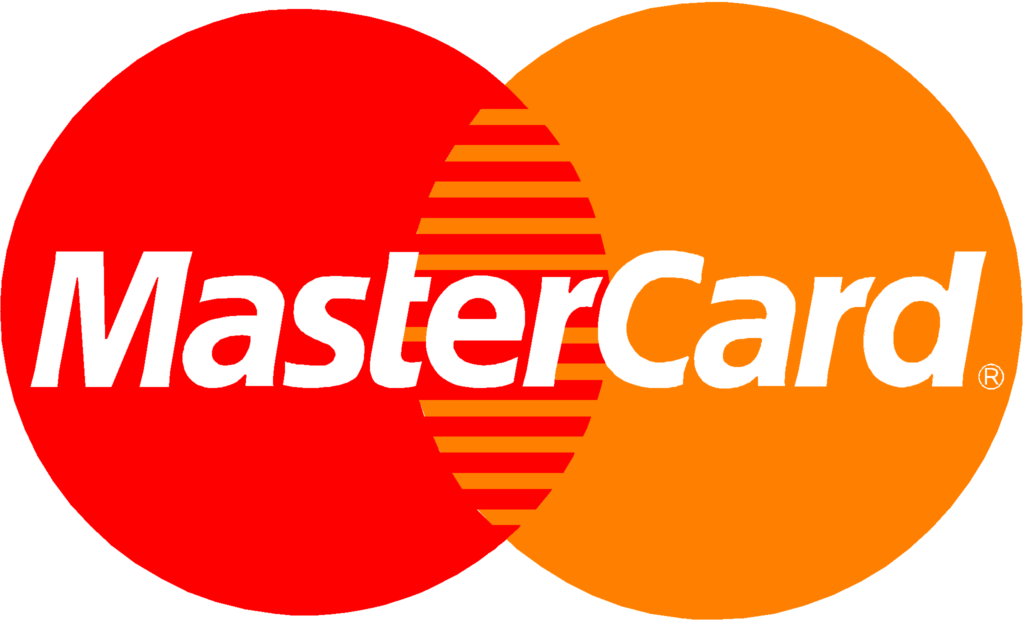While writing and creating content for your website, you prefer to structure it as possible so that everything is easy to find for the reader. Pillar pages help organize your content and are good at your SEO as well. This is relevant for the visitor but also for your search engine optimization. Do you want to know how to set up pillar pages, what evergreen content is, and how you can get started? Then read on!
Create a clear website structure and optimize the user experience.
The optimal user experience of a website ensures that the end-user stays on your website longer, clicks naturally, and takes in more information. This increases the chance that the ultimate goal will be achieved; the visitor is converted to a customer. Before you accomplish this, a good internal link structure is needed. By setting up pillar pages, you can ensure clear navigation. This helps the visitor to find relevant content and to navigate further to specific topics.
What is a pillar page?
Whether you have a website about ‘marketing’, ‘cars’ or something tasty like ‘cakes’, you simply cannot ‘stop talking’ about some subjects. Broad and general topics like these are actually short tail keywords, with a lot of competition in the SEO field. Scoring well on this in the search engine results page (SERP) is difficult, but pillar pages can certainly help with this. Pillar pages deal with specific themes that fall under the main topic of your website and thus have the function of the navigator. They are often long blogs or articles covering every aspect of the general topic.
Pillar pages are often designed to optimize the user experience of your website. Suppose you have a website about ‘cakes’, you can set up pillar pages for themes such as ‘cake baking’, ‘cake decorating’, ‘cake recipes’, etc. These pages must be clear and ensure coherence between the different and underlying pages. You link from pillar pages to even more in-depth sub-topics. These subtopics are called topic clusters. Such pages give you the space to go deeper into topics.
Why is a pillar page so important?
A pillar page should only be accessible from the homepage with one click. They provide structure and navigation. It is therefore advisable to integrate a table of contents on such pages. This not only ensures that the website can be indexed better but achieves better results in the SERP. The use of links and backlinks are also very important. This allows you to link to underlying pages, drawing the visitor deeper into the website. This ensures an optimized user experience. Search engines also value structure. For example, Google prefers websites with clear hyperlinks and logically linked content.
Pillar content is, in theory, evergreen content, content that remains endlessly relevant. You work with your website’s authority, which can positively influence backlink strategy and your domain value. A search engine such as Google also values having pillar pages and is, therefore, more likely to recognize you as an expert in the field. This is very closely related to the Google EAT update, with which Google measures your expertise, authority, and reliability.
What is evergreen content?
As a marketer, you want to realize qualitative content and make it available as clearly as possible. The goal is for this content to be recognized as valuable and reliable by search engines. Pillar pages consist of so-called evergreen content. This is content that does not date, as it is about topics that remain relevant. Think of a pillar page with content about “10 tips for the best apple pie”. Make sure that evergreen content is always updated. According to a study by Neil Patel, following the Google Core update (2020), it can be seen that websites that regularly update their content saw a growth in their traffic, while websites that do not or only minimally saw a decrease in traffic.
Pillar content VS cornerstone content
In practice, a pillar and cornerstone content are difficult to distinguish from each other. Both content strategies are:
- ‘Longread’ content, a text of many words, on an average of 5000 or more.
- It’s ‘evergreen content’, content that does not date and remains relevant.
- Clear navigation through a table of contents.
- The page contains headers and subheaders.
- Easy to find pages from the homepage.
In theory, pages with cornerstone content are called the so-called cornerstones of your website. These are the most valuable pages of your website. You are known for it, and it is the foundation on which other pages are built. Think of ‘ blogs ‘, ‘FAQs’ and other pages with a lot of authority and quality. This also does not differ greatly from pillar pages. It’s more in the positioning of the term.
HubSpot, one of the most essential and largest players in the field of marketing tools, introduced pillar pages as a content strategy. Thus, the term got a name in the world of online marketing; SEO in particular. They describe a pillar page as the basis of the underlying topic clusters. A pillar page, therefore, includes all aspects of a specific theme. Therefore, the purpose of a pillar page is to interconnect all content on your website through the use of hyperlinks. From the pillar page ‘cake recipes’, hyperlinks flow to topic clusters such as ‘red velvet cake recipe’ or ‘apple pie recipe’.
What is the difference between a 10x pillar page and a resource pillar page?
In practice, people speak of different types of pillar pages. The so-called 10x pillar pages are pages that mainly link to your own content. This content does not need to be downloaded but is directly readable for both the visitor and a search engine. For example, Google can immediately read and evaluate the content. To convert the visitor into a customer or lead, it is often common with 10x pillar pages to give the visitor the option to download an e-book. The e-book then contains all content related to the subject. Hereby you collect personal data.
With a resource pillar page, the name says it all; the focus is on sharing resources. You will find both internal and external links on such pillar pages. The aim is to inform the visitor about a specific topic, even if this means sending the visitor to another website with relevant information. You can use resource pillar pages for link building and work on your backlink profile. A well-known platform and a good example of this is the website Wikipedia.
Get started with pillar pages!
Before you start with your content strategy around pillar pages, it is advisable to create a mind map together with keyword research. A mind map is a brainstorming strategy with which you focus on one topic and also note related topics around it. This allows you to map out which concepts and search terms are relevant, in which case the main subject is a much-searched search term. Through keyword research, you will learn everything regarding the search behaviour of your target group. This way, you find out which search terms are relevant to prescribe content.
Write pillar content
From the mind map, you write a page with pillar content for the main topic. Remember pillar pages are ‘long read’. They are very informative pages, where you use rich content. Take enough time to develop this page and provide evergreen content so that it remains relevant for a longer period of time. The table of contents on this page is an important part, as both visitors and search engines use it for navigation. This also includes clear headers and sub-headers. Within the text, you name the cluster topics that are related to the theme; these are often specific blogs or pages with a featured topic. The internal linking to these specific sub-topics is essential for the navigation and the internal link profile.
Create cluster topics
The cluster topics are organized based on sub-themes that arise from pillar pages. Therefore, you can shape this during the brainstorm. These pages ensure that the visitor to the website gets an in-depth look at the main topic. This means that you have a broad knowledge; the visitor does not have to leave the website to find further information. For SEO, the focus here is really on long-tail keywords. By focusing on specific long-tail keywords, you ensure that pages with the same topic do not compete with each other.










